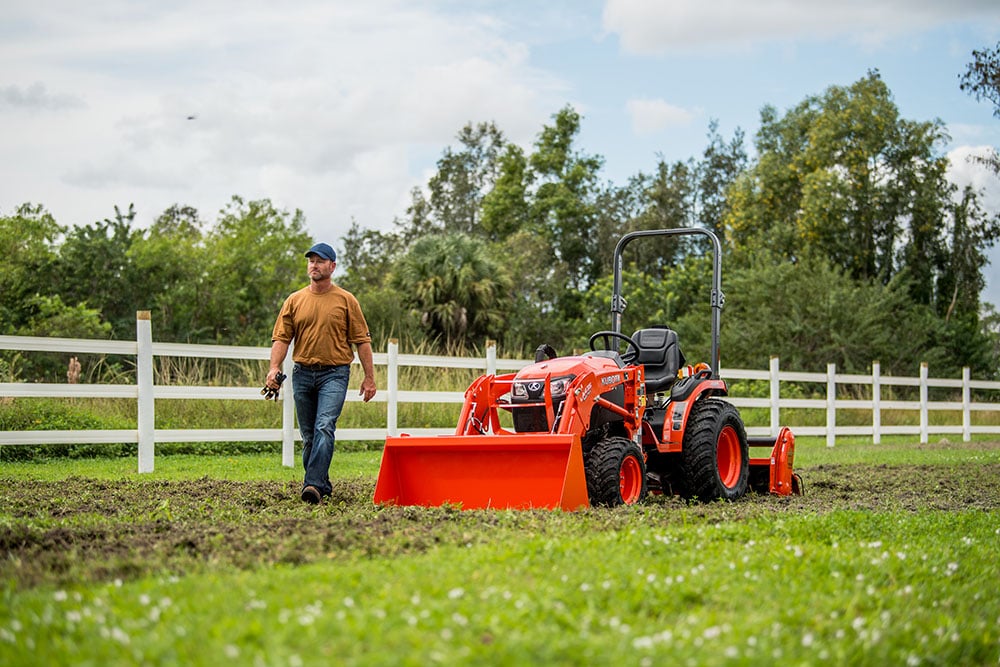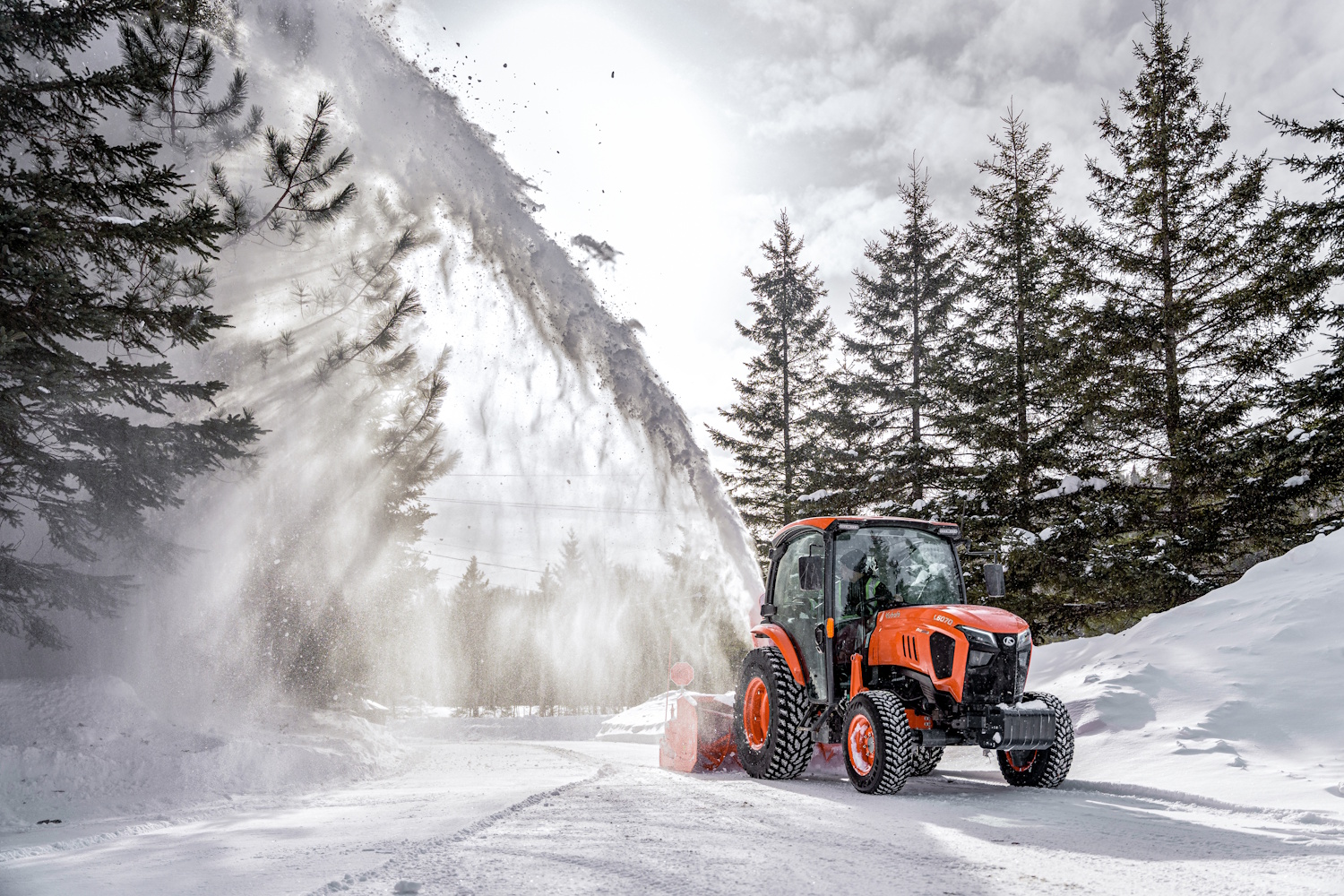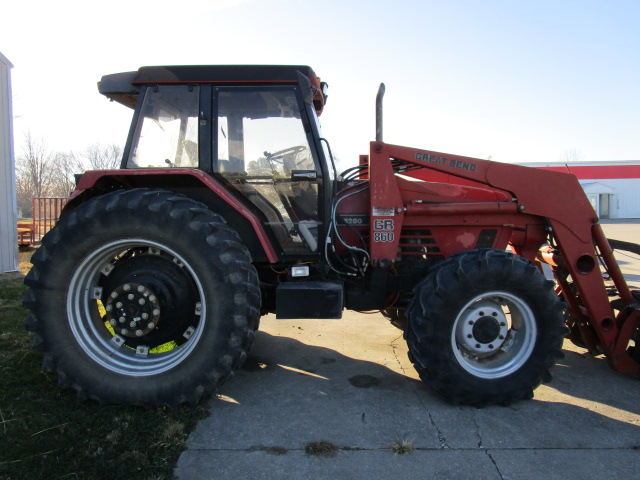![]() Keeping your Kubota tractor in peak condition means staying proactive about maintenance. And when it comes to performance, hydraulic fluid plays a critical role—it’s the lifeblood of your tractor’s system, powering everything from the lift arms to the steering mechanism. Not paying attention to your hydraulic fluid could lead to system inefficiencies, costly breakdowns, or even complete operational failure.
Keeping your Kubota tractor in peak condition means staying proactive about maintenance. And when it comes to performance, hydraulic fluid plays a critical role—it’s the lifeblood of your tractor’s system, powering everything from the lift arms to the steering mechanism. Not paying attention to your hydraulic fluid could lead to system inefficiencies, costly breakdowns, or even complete operational failure.
If you’re wondering how to check hydraulic fluid on your Kubota tractor, this guide walks you through the process step by step and provides essential tips for maintenance and troubleshooting. By the end, you’ll have the confidence to keep your hydraulic system running smoothly for years.
![]()
Why Hydraulic Fluid Is Crucial for Your Tractor
Hydraulic fluid doesn’t just “help things move.” It’s essential for transferring power and lubricating key components of your Kubota tractor. This ensures the smooth operation of hydraulics used in lifting, steering, and braking. Low or contaminated hydraulic fluid can impair performance, damage internal systems, and potentially halt work altogether.
Regularly checking your tractor’s hydraulic fluid is not just about prevention—it’s about protecting your investment and ensuring every farming task goes off without a hitch.
Understanding the Kubota Tractor Hydraulic System
Kubota tractors are engineered with advanced hydraulic systems designed for longevity. The hydraulic system typically consists of fluid reservoirs, pumps, valves, and actuators, all of which work together to power the machine’s functions. Over time, even the best hydraulic systems get exposed to wear, dirt, and debris, impacting their efficiency.
Kubota recommends hands-on maintenance to keep hydraulic systems functioning at their best. By checking the fluid levels and replacing it as needed, you’ll avoid unnecessary downtime and expensive repairs.
Signs of Low or Contaminated Hydraulic Fluid
Spotting potential issues before they become costly repairs is key. Here are some warning signs that your Kubota tractor’s hydraulic fluid may need attention:
1. Slower Hydraulic Functionality
Are you experiencing delays when lifting attachments or using the loader? This could indicate low hydraulic fluid levels.
2. Odd Noises
Hearing whining or grinding sounds during operation might signal air in the hydraulic system caused by low fluid levels.
3. Overheating
Hydraulic fluid that’s contaminated or insufficient can lead to overheating, which creates stress on the pump and other components.
4. Leaking Hydraulic Fluid
Visible puddles or wet spots near hoses, fittings, or seals suggest a leak—a likely reason for low fluid levels.
5. Erratic Movements
Do the loader or hydraulics move inconsistently? This points to air or impurities in the hydraulic fluid.
If you notice any of these signs, it’s time to inspect your Kubota tractor’s hydraulic fluid.
Step-by-Step Guide to Check Hydraulic Fluid on a Kubota Tractor
Want to check your fluid like a pro? Follow these steps to ensure your hydraulic system is performing at its best.
Step 1: Park Your Tractor Safely
- Move the tractor to a flat, level surface.
- Set the parking brake, and turn off the engine.
- Allow the engine to cool down for around 5–10 minutes before proceeding.
Step 2: Locate the Hydraulic Fluid Dipstick or Sight Glass
- Refer to your Kubota tractor manual to find the hydraulic fluid inspection point.
- The dipstick is often located near the rear axle, while some models feature a sight glass for viewing fluid levels directly.
Step 3: Clean the Area
- Use a clean cloth or rag to wipe off dirt and debris around the dipstick or sight glass to prevent contamination.
Step 4: Inspect the Fluid Level
- If your tractor uses a dipstick:
- Unscrew and remove the dipstick.
- Wipe it clean with a rag.
- Reinsert it fully, then remove it again to check the current fluid level.
- If your tractor has a sight glass:
- Simply observe the fluid level, which should fall between the minimum and maximum marks.
Step 5: Examine the Fluid Condition
- Look for discoloration or cloudiness, which may indicate contamination.
- Fresh hydraulic fluid typically appears clean and amber in color.
Step 6: Top Off Fluid (If Needed)
- If the fluid level is low, add the recommended hydraulic fluid for your Kubota tractor.
- Pour slowly, checking the level as you go to avoid overfilling.
Step 7: Replace the Dipstick or Cap
- Secure the dipstick or fluid cap tightly, ensuring a complete seal.
Tip: Always consult your model’s owner manual for specific instructions and fluid recommendations.
Why Routine Maintenance is Key
Think of hydraulic fluid checks as part of your tractor’s wellness plan. Beyond preventing breakdowns, regular maintenance ensures efficiency, prolongs component lifespan, and can even reduce fuel consumption. Kubota hydraulic systems are designed to thrive with care—don’t overlook the importance of a monthly check in your maintenance schedule.
Troubleshooting Common Hydraulic Issues
Even with regular hydraulic fluid checks, problems can arise in your Kubota’s system. Here are some of the most common issues and their fixes:
- Problem: Sluggish hydraulics or slow response.
- Solution: Check fluid levels and top off as needed. Inspect for hose obstructions.
- Problem: Fluid is overheating or foaming.
- Solution: Replace contaminated fluid. Ensure hoses are clean and properly connected.
- Problem: Visible leaks around fittings or seals.
- Solution: Tighten connections or replace damaged components.
If issues persist despite troubleshooting, consult your Kubota service center for professional assistance.
Conclusion
Hydraulic fluid is the unsung hero of your Kubota tractor’s performance. Dedicating just a few minutes to regular fluid checks and maintenance can save time, money, and frustration in the long run.
If you have any questions about maintaining your Kubota tractor or need expert assistance, don’t hesitate to reach out to us. Our knowledgeable team is here to provide guidance, answer your queries, and ensure your equipment runs at peak performance. Contact us today through our website, give us a call, or visit your nearest Kubota service center. We’re dedicated to keeping you and your tractor working efficiently every step of the way.








